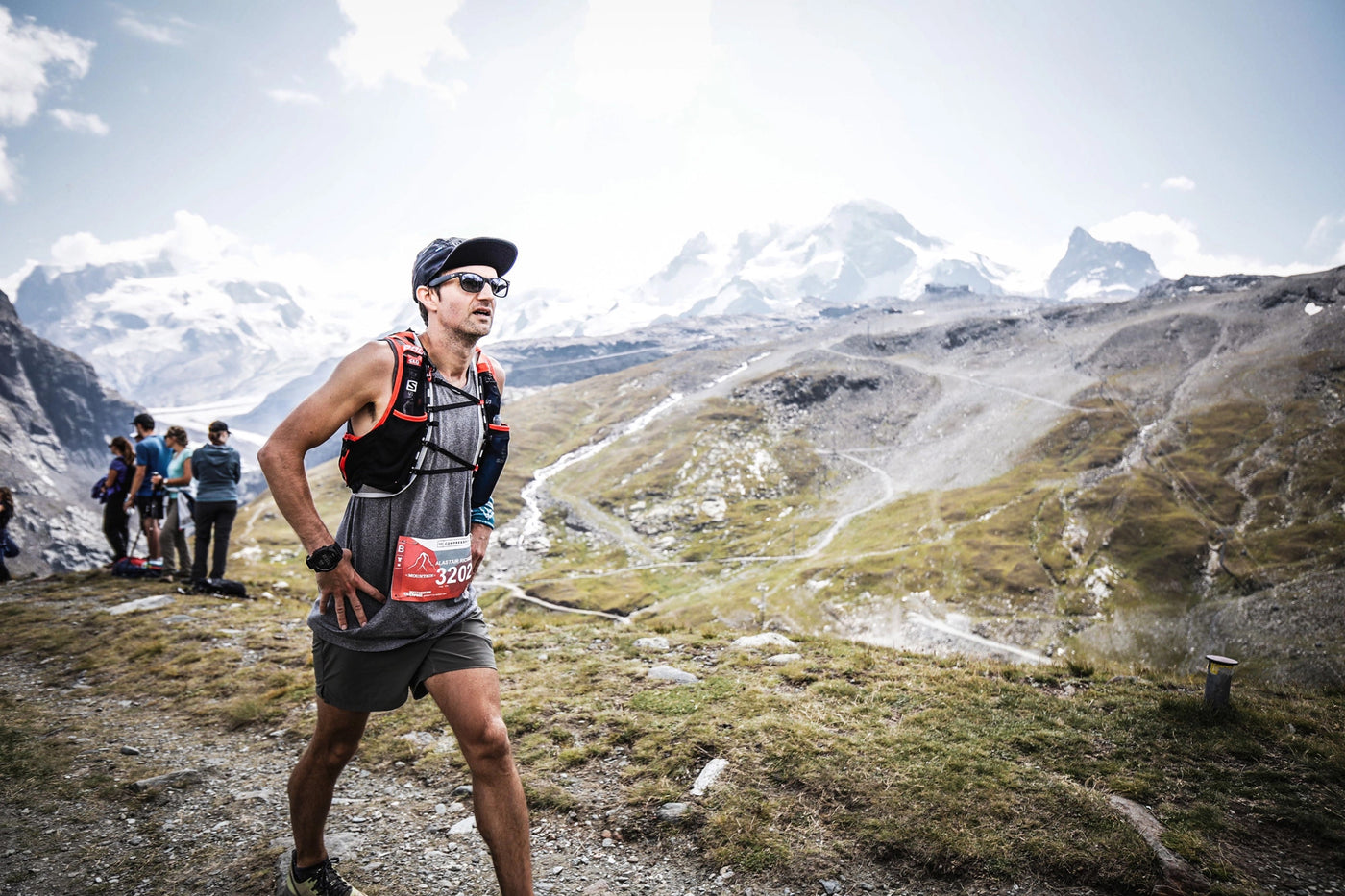By Alastair Dixon | Trail & Kale Running Co.

Have you been thinking about trying out trail running but not sure where to start? I’m Alastair from Trail & Kale Running Co., a website where I share independent running shoe reviews, gear reviews & roundups, run tips, and free training plans. Trail running offers a refreshing escape into nature's finest landscapes, which I believe every runner should experience at least once, and in this post, I’m sharing my top 5 tips to help you start your trail running journey.
1. Find Local Trails
Trail running is most accessible when you start off choosing well-marked, beginner-friendly trails in local parks or nature reserves, with relatively few hills, and non-technical surfaces such as gravel paths, and forested single tracks.
Some great ways to find new routes include:
-
Using apps like AllTrails which offer detailed maps, user reviews, and difficulty ratings. Strava and Garmin also have ways to find local trails to run on.
-
Joining local running groups or clubs who arrange group runs on trails as well as roads.
-
Chat with experienced runners in your area, I’m sure they’ll be happy to share their favorite routes.
-
You can also find great trails from exploring Strava routes that your connections have run and shared.
When exploring new trails, always take your phone (with a full battery) with you, and consider carrying a map to avoid getting lost, and inform someone of your plans beforehand, just in case you get lost and lose cell signal.
2. Start With The Right Gear
Investing in good trail running gear can make a significant difference to your overall experience, and motivation to keep at it.
The most essential item is a pair of high-quality trail running shoes that provide the necessary comfort, traction, support, and durability for varied, uneven terrain.

Opt for moisture-wicking, breathable shirts, socks and shorts, to keep you comfortable. Good shorts with ample storage, like the Path Projects Sykes PX running shorts, are my favorite choice - and they have been for years, just look at my Instagram account! :).
These shorts, as featured in our Best Running Shorts For Men roundup, come with lots of pockets and separate compression liners, and are perfect for carrying essentials like your phone, keys, and nutrition.
Also consider investing in a hydration pack or handheld water bottle to stay hydrated on the trails, and other accessories such as a UV-protective cap and sunglasses. Eventually you’ll definitely want to get a running watch so that you can track your daily fitness, plus weekly mileage and elevation gain - a decent watch will also have navigation features for running new trail routes.
3. Run Based On Effort Level, Not Speed
Expect to run slower when on trails, due to the varied terrain, elevation changes, and obstacles, and instead of focusing on speed, concentrate on maintaining a steady effort level. This approach helps you manage your energy and avoid burnout, especially on longer or more technical trails.
Embrace walking when necessary, particularly on steep uphills. Power-hiking can be more efficient and less exhausting than running, allowing you to conserve energy for the rest of your run. Over time, you’ll develop a better sense of how to distribute your effort across different terrains, and what hills are runnable and which you should opt to hike. This is all part of the fun of becoming a more experienced trail runner.
4. Improve Your Technique
Proper technique is vital for efficient and safe trail running, and it is more important to focus on this than looking at your watch or attempting to run trails at a certain target speed. Here are some quick tips on trail running technique:
-
Keep your steps short and quick, which helps you navigate uneven terrain more effectively.
-
Lift your feet higher than you would on roads to avoid tripping on roots, rocks, or other obstacles.
-
Engage your core muscles to maintain stability and balance, especially on technical trails, and use your arms for balance and propulsion, swinging them naturally with your stride.
-
When running uphill, lean slightly forward from the ankles, not the waist, and use quicker, shorter steps - learn to power hike.
-
For downhill running, lean slightly forward, keep your knees bent, and let gravity help you dance your way down the hill.
5. Stay Hydrated and Fueled
Trail running can be surprisingly thirsty work, and you may not have access to water sources during your run, so it’s important to always carry enough water to keep you hydrated, especially on longer runs.
While you can simply carry a water bottle with you on your first trail runs, a hydration pack or vest is a great investment, allowing you to carry water, nutrition, and other essentials (such as your phone) comfortably and hands-free.
Trail running is a fantastic way to connect with nature and challenge yourself in new ways. With these tips, you’ll be well-prepared to hit the trails and enjoy the adventure. Happy running! -Alastair







1 comentario
Need path project ambassador application